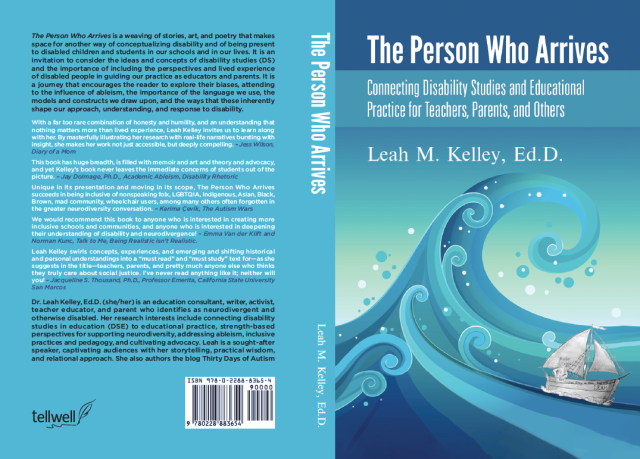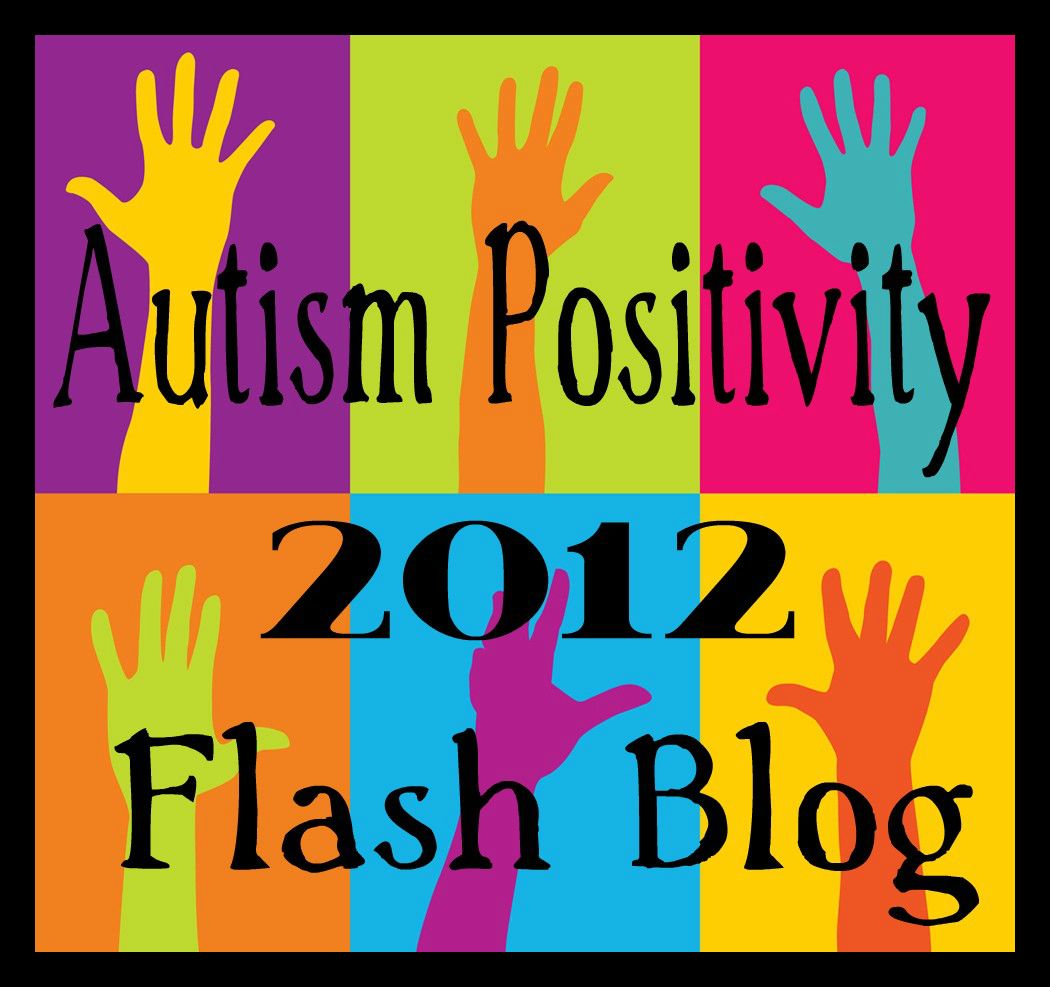I am simply over the moon excited to share with you that my book is ready, and to be honest it doesn’t quite seem real. But here we go…
The Person who Arrives is a weaving of stories, art, and poetry that makes space for another way of conceptualizing disability and of being present to disabled children and students in our schools and in our lives. It is an invitation to consider the ideas and concepts of disability studies (DS) and the importance of including the perspectives and lived experience of disabled people in guiding our practice as educators and parents. It is a journey that encourages the reader to explore their biases, attending to the influence of ableism, the importance of the language we use, the models and constructs we draw upon, and the ways that these inherently shape our approach, understanding, and response to disability.
Here are excerpts from what people are saying:
With a far too rare combination of honesty, humility, and an understanding that nothing matters more than lived experience, Leah Kelley invites us to learn along with her. By masterfully illustrating her research with real-life narrative bursting with insight, she makes her work not just accessible, but deeply compelling.
~ Jess Wilson, Diary of a Mom
This book has huge breadth, is filled with memoir and art and theory and advocacy — and yet Kelley’s book never leaves the immediate concerns of students out of the picture.
~ Jay Dolmage, Ph.D., Academic Ableism, Disability Rhetoric, Founding editor of The Canadian Journal of Disability Studies
Unique in its presentation and moving in its scope, The Person who Arrives succeeds in being inclusive of nonspeaking folx, LGBTQIA, Indigenous, Asian, Black, Brown, mad community, wheelchair users, among many others often forgotten in the greater neurodiversity conversation.
~ Kerima Çevik, The Autism Wars
We would recommend this book to anyone who is interested in creating more inclusive schools and communities, and anyone who is interested in deepening their understanding of disability and neurodivergence!
~ Emma Van der Klift and Norman Kunc, Talk to Me, Being Realistic isn’t Realistic
Leah Kelley swirls concepts, experiences, and emerging and shifting historical and personal understandings into a “must read” and “must study” text for – as she suggests in the title – teachers, parents, and pretty much anyone else who thinks they truly care about social justice. I’ve never read anything like it; neither will have you!
~ Jacqueline S. Thousand, Ph.D., Professor Emerita, California State University San Marcos

Image Description: The Person Who Arrives: Connecting Disability Studies and Educational Practice for Teachers, Parents, and Others. Flattened front, back, and spine of book cover with teal background. [Click on image to access detailed image description in alternative text.]
The Person Who Arrives is now available on Amazon and will soon be coming to other book stores and retailers, and libraries too if you request it be ordered 💜
Here is the Amazon link:




